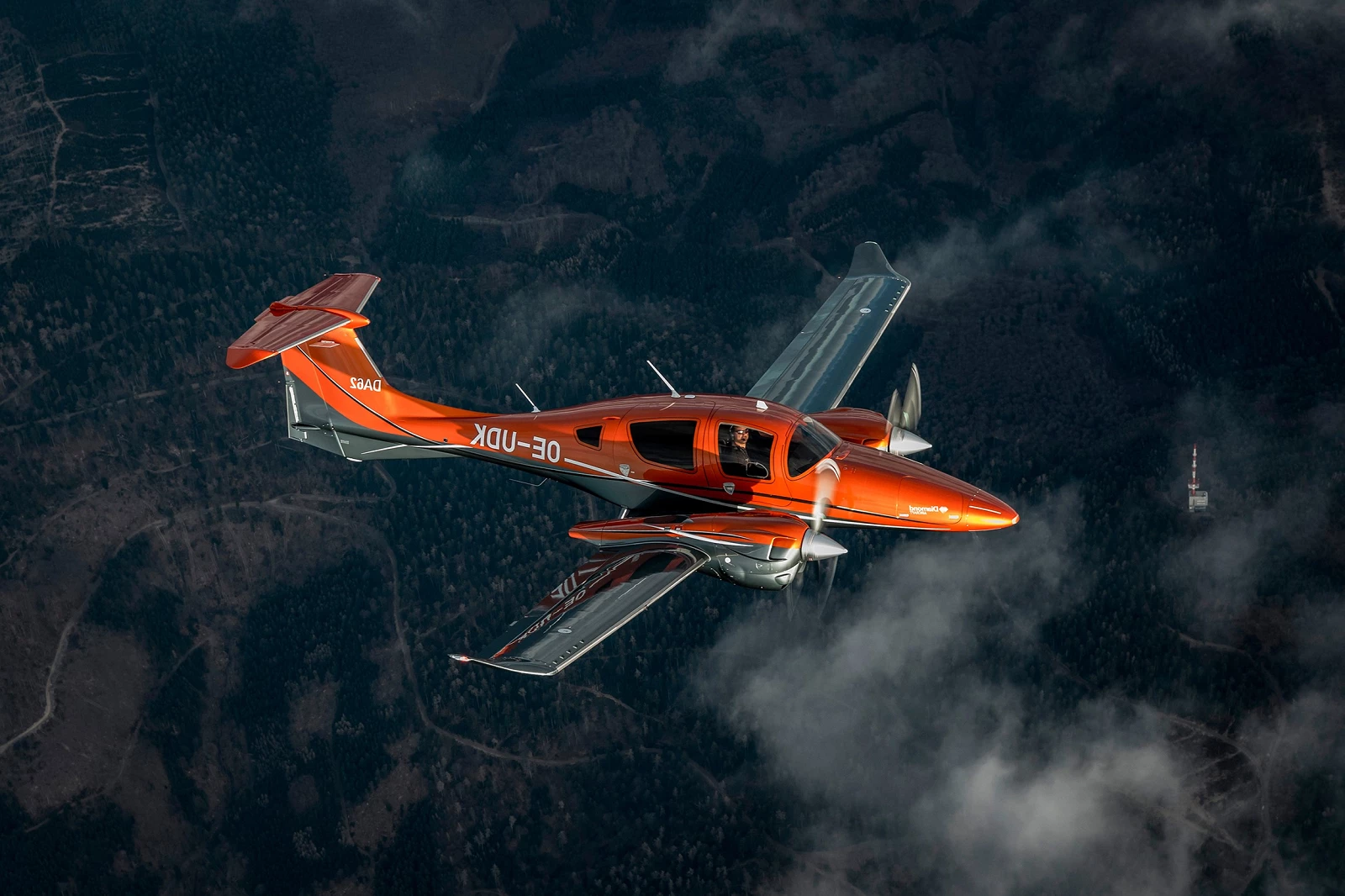
Diamond Aircraft
![Diamond_Aircraft_logo for manufacturers.png [118.78 KB].](https://www.jbi.com.pl/storage/image/core_files/2024/11/8/95ae5d336bc88227e7341e8d4a2276dd/png/jbinvestments/preview/Diamond_Aircraft_logo%20do%20producenci.webp)
The company was founded by Austrian aircraft designer Wolf Hoffmann in 1981 and was then known as Hoffmann Flugzeugbau. Its first aircraft, a motor glider, initially known as the HK36 Dimona, was a commercial success and led to improved models and derived subsequent aircraft types. After several ownership and name changes, the company was renamed Diamond Aircraft Industries in 1998.
Efficiency, Effectiveness, Safety.
Diamond Aircraft, with headquarters in Austria and plants in Canada and China, is one of the leading general aviation aircraft manufacturers. Founded in 1981, Diamond has pioneered many aviation innovations and won numerous awards and industry accolades.
Today, Diamond Aircraft has more than 1,500 employees worldwide and offers the most complete range of certified piston aircraft models, from the two-seat DA20 to the stunning seven-seat DA62. With a complete line of piston aircraft, including a dedicated flight training concept with single-engine piston aircraft (DA40 NG, DA40 XLT) and multi-engine piston aircraft (DA42-VI), and the soon to be certified DART aerobatic training aircraft with turboprop tandem aircraft, as well as aircraft-specific flight training simulators and patented engines, Diamond Aircraft is the only supplier in the fleet training market. Diamond Aircraft has also made its presence felt in the special missions market with the introduction of its turnkey DA42 MPP and DA62 MPP remote sensing solutions. In addition, the company is currently working on the eDA40, an all-electric training aircraft that will soon be certified.
Diamond Aircraft uses patented lead-free jet fuel piston engines, manufactured by Austro Engine GmbH (part of the Diamond Aircraft Group), in the DA40, DA42 and DA62 models.
Each of Diamond Aircraft's aircraft shares a common DNA, using cutting-edge technology, not for the sake of innovation, but for the sake of superior performance, efficiency and safety.
At Diamond Aircraft we pride ourselves on our aviation enthusiasm and are striving to be in a long-term leadership position in worldwide general aviation. With true, breakthrough innovations in jet-fuel propulsion and tomorrow's composite technology in today's airframe design, we have been creating a new era of environmentally sustainable, safe and efficient light aircraft that are fun to fly. Not only to achieve our own ambitions but those of future pilots.
